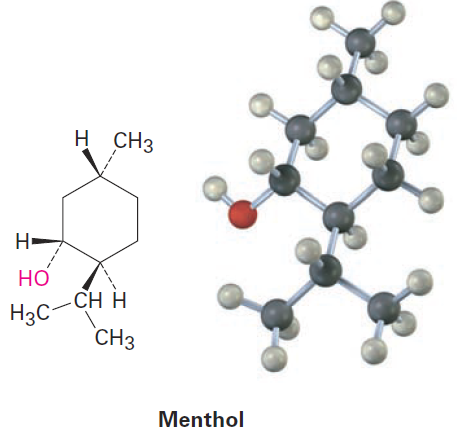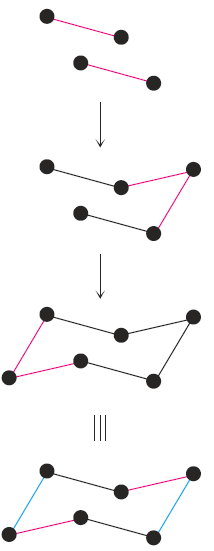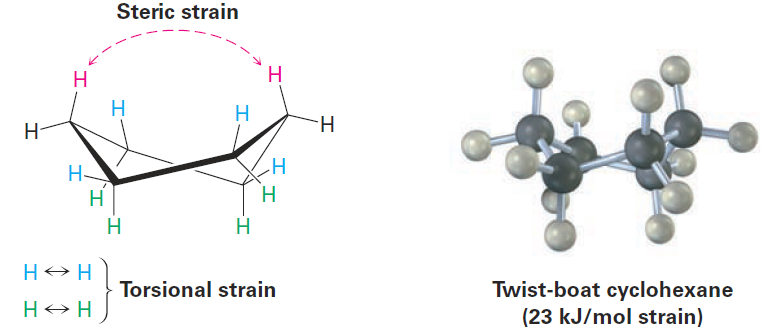

علم الكيمياء

تاريخ الكيمياء والعلماء المشاهير

التحاضير والتجارب الكيميائية

المخاطر والوقاية في الكيمياء

اخرى

مقالات متنوعة في علم الكيمياء

كيمياء عامة


الكيمياء التحليلية

مواضيع عامة في الكيمياء التحليلية

التحليل النوعي والكمي

التحليل الآلي (الطيفي)

طرق الفصل والتنقية


الكيمياء الحياتية

مواضيع عامة في الكيمياء الحياتية

الكاربوهيدرات

الاحماض الامينية والبروتينات

الانزيمات

الدهون

الاحماض النووية

الفيتامينات والمرافقات الانزيمية

الهرمونات


الكيمياء العضوية

مواضيع عامة في الكيمياء العضوية

الهايدروكاربونات

المركبات الوسطية وميكانيكيات التفاعلات العضوية

التشخيص العضوي

تجارب وتفاعلات في الكيمياء العضوية


الكيمياء الفيزيائية

مواضيع عامة في الكيمياء الفيزيائية

الكيمياء الحرارية

حركية التفاعلات الكيميائية

الكيمياء الكهربائية


الكيمياء اللاعضوية

مواضيع عامة في الكيمياء اللاعضوية

الجدول الدوري وخواص العناصر

نظريات التآصر الكيميائي

كيمياء العناصر الانتقالية ومركباتها المعقدة


مواضيع اخرى في الكيمياء

كيمياء النانو

الكيمياء السريرية

الكيمياء الطبية والدوائية

كيمياء الاغذية والنواتج الطبيعية

الكيمياء الجنائية


الكيمياء الصناعية

البترو كيمياويات

الكيمياء الخضراء

كيمياء البيئة

كيمياء البوليمرات

مواضيع عامة في الكيمياء الصناعية

الكيمياء الاشعاعية والنووية
Conformations of Cyclohexane
المؤلف:
John McMurry
المصدر:
Organic Chemistry
الجزء والصفحة:
9th - p99
12-5-2016
4061
Conformations of Cyclohexane
Substituted cyclohexanes are the most common cycloalkanes and occur widely in nature. A large number of compounds, including steroids and many pharmaceutical agents, have cyclohexane rings. The flavoring agent menthol, for instance, has three substituents on a six-membered ring.

Cyclohexane adopts a strain-free, three-dimensional shape that is called a chair conformation because of its similarity to a lounge chair, with a back, seat, and footrest (Figure 1-1). Chair cyclohexane has neither angle strain nor torsional strain—all C-C-C bond angles are near the 10° tetrahedral value, and all neighboring C H bonds are staggered.

Figure 1-1 The strain-free chair conformation of cyclohexane. All C-C-C bond angles are 111.5°, close to the ideal 109°tetrahedral angle, and all neighboring C-H bonds are staggered.
The easiest way to visualize chair cyclohexane is to build a molecular model. (In fact, do it now if you have access to a model kit.) Two dimensional drawings like that in Figure 4-7 are useful, but there’s no substitute for holding, twisting, and turning a three-dimensional model in your own hands. The chair conformation of cyclohexane can be drawn in three steps.
Step 1
Draw two parallel lines, slanted downward and slightly offset from each other. This means that four of the cyclohexane carbons lie in a plane.
Step 2
Place the topmost carbon atom above and to the right of the plane of the other four, and connect the bonds.
Step 3
Place the bottommost carbon atom below and to the left of the plane of the middle four, and connect the bonds. Note that the bonds to the bottommost carbon atom are parallel with the bonds to the topmost carbon. When viewing cyclohexane, it’s helpful to remember that the lower bond is in front and the upper bond is in back. If this convention is not defined, it can appear that the reverse is true.

For clarity, all cyclohexane rings drawn in this book will have the front (lower) bond heavily shaded to indicate nearness to the viewer.

In addition to the chair conformation of cyclohexane, there is an alternative conformation of cyclohexane that bears a slight resemblance to a boat. Boat cyclohexane has no angle strain but has a large number of eclipsing interactions that make it less stable than chair cyclohexane. A “twist” on this alternative can be found in twist-boat conformation, which is also nearly free of angle strain. It does, however, have both steric strain and torsional strain and is about 23 kJ/mol (5.5 kcal/mol) higher in energy than the chair conformation. As a result, molecules adopt the twist-boat geometry only under special circumstances.

 الاكثر قراءة في الهايدروكاربونات
الاكثر قراءة في الهايدروكاربونات
 اخر الاخبار
اخر الاخبار
اخبار العتبة العباسية المقدسة

الآخبار الصحية















 قسم الشؤون الفكرية يصدر كتاباً يوثق تاريخ السدانة في العتبة العباسية المقدسة
قسم الشؤون الفكرية يصدر كتاباً يوثق تاريخ السدانة في العتبة العباسية المقدسة "المهمة".. إصدار قصصي يوثّق القصص الفائزة في مسابقة فتوى الدفاع المقدسة للقصة القصيرة
"المهمة".. إصدار قصصي يوثّق القصص الفائزة في مسابقة فتوى الدفاع المقدسة للقصة القصيرة (نوافذ).. إصدار أدبي يوثق القصص الفائزة في مسابقة الإمام العسكري (عليه السلام)
(نوافذ).. إصدار أدبي يوثق القصص الفائزة في مسابقة الإمام العسكري (عليه السلام)


















